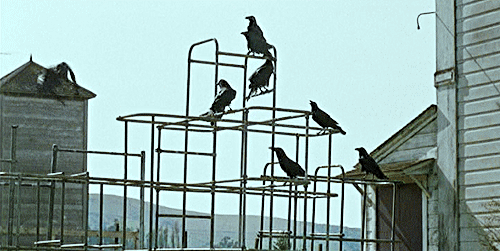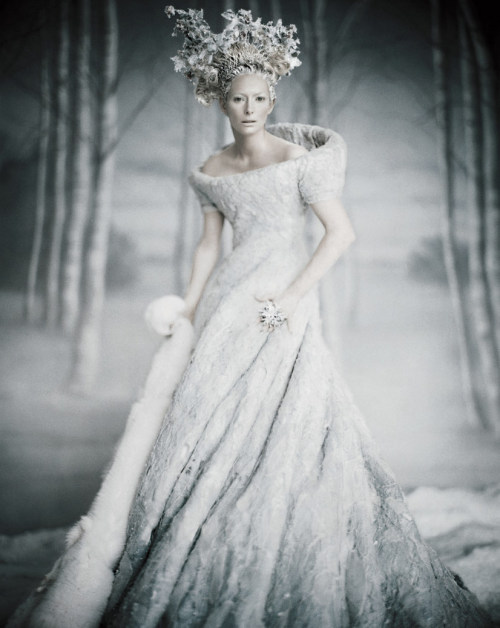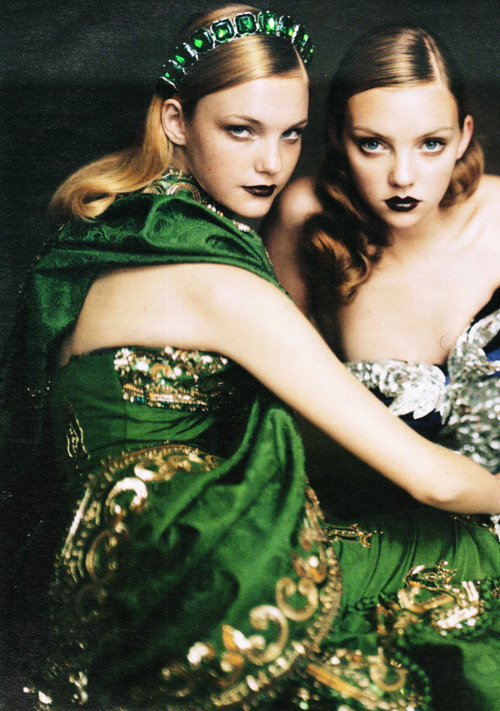#pre voldemort era
One for sorrow, two for mirth,
Three for a wedding, four for a birth,
Five for silver, six for gold,
Seven for a secret not to be told.
Eight for heaven, nine for hell,
And ten for the devil’s own sel’.- Augurer’s traditional rhyme
In the beginning there is only one man with dreams of immortality. Lord Voldemort he calls himself, and bids his friends call him by this new name. They say the name solemnly.
And when he turns away, they laugh up their sleeves.
Then one of them has an idea. We are respectable young men, he says, fine upstanding citizens of this land.
Why do we not use this unknown with pretensions to greatness to meet our own ends?
The four consider his proposition. One joins for wealth. One joins for power. One joins for the rest. The last joins because it is the first who proposed it.
Five for silver and a bright future.
Then comes six, a family friend of the first, from a different land where dark and light magic are all the same. He will bring them magic and magicians from this land, where knowledge that is secret here is traded openly and loudly debated in the conference rooms of their Ministry.
Seven is a sad crow indeed, a young man in ragged clothes, snarling and raging at the world - met with a tragic accident not a few years ago and in a moment went from a bright young thing to nobody in particular, outcast and tramp.
Seven brings eight with him. Snarling and raging, ready to do the bidding of the others as long as they have blood, blood and more blood.
Nine joins out of fear, to save his children from the coming darkness.
Ten joins because if he is to be a butcher, then he would make such a butchery that it would go down in song and story.
Ten crows for the devil himself.
While The One, their noble leader is gone - finding magic that the world has long since forgotten, marked only in old stories crones tell children to scare them into behaving, for himself - they gather in silence and slowly build. An empire, a fully fledged war machine to set in motion when The One returns.
And as they gather in silence, wizarding Britain continues, oblivious, blissfully happy, not knowing that in a few years their world will be plunged into a war the like of which they have never seen.
For now, all is well, as the crows simply gather and watch.
Post link
Voldemort’s Generals: Fenrir Greyback, Angry Young Man.
Bitten with the bug, anger - not a bug, not a disease, anger - at fifteen.
Turned weapon at seventeen.
It could be tragic, but it isn’t, not quite. After all, tragedies are the province of princes and kings. Rich men with places to go. Tragic, all the things he could have been. Poor boys have nowhere to go. Poor boys made poorer have nothing left to lose.
Or for that matter, win.
Sometimes, sometimes he wonders why he serves when clearly, he is powerful in a way that none of them are - ponces, prancing about in their silk and tweed robes, princes. Princes who will command armies, when he, with all his power, with all the fear he wields, will only ever be a weapon. When with a bite he could take all of their princely realm away. Make them a tragedy.
Perhaps that is what makes him content. With one swift stroke he writes tragedies. That is a rare talent. A poor boy’s only talent.
So he takes his anger instead and turns it into a weapon. They call him bloodthirsty? He shows them how bloodthirsty he is. A monster? They do not know how monstrous he can be.
Tragic. He turns them all into tragic figures because he cannot be one.
Revenge is sweet, but for now, blood is sweeter. One day, one day he will remind these princes of the power he bears.
Till then, he contents himself with snarling at their patronizing outstretched arms - good boy, go kill, kill, kill.
(Princes never worry about their weapons turning on them. Pity. Some weapons have wills.)
Some weapons are virtuous.
Some weapons are smart.
And he is all of these.
Post link
From the top, left to right: Pleione Carrow and Flora Greengrass, on their wedding day, March 16th, 1950. Portrait of Flora Greengrass, 1975. Portrait of Pleione Carrow, 1979. Pleione Carrow and Flora Greengrass at a soiree, 1943.
No one was surprised when Flora Greengrass and Pleione Carrow chose to have their weddings on the same day, in the same venue.
Even in school at Hogwarts, the two could always be found with their heads together, sharing in some secret the rest of the world was not privy to. Upon graduating in 1945, they both took up jobs in the Department of International Magical Cooperation, working as secretaries to the department head and his deputy.
The rumours first started in the summer of 1948, when Flora Greengrass scandalized the wizarding world by turning down an eminently respectable offer of marriage from Titus Fawley. Titus Fawley was considered an excellent catch by all the matchmaking pureblood mamas, and Flora’s turning him down shocked even the most liberal-minded of them. Very soon the ballrooms of the wizarding elite were afire with whispers of an illicit relationship between Flora and Pleione and formidable dowagers tut-tutted openly at the Carrows and Greengrasses for having let their daughters run so wild. The source of the rumour is still disputed, but most accept privately that it was Titus Fawley, jealous of the closeness of the two, who first spread the rumour that Pleione and Flora were not merely friends, but were lovers.
Naturally, their parents could not be seen to be doing nothing about this breach of morals and respectability and began pressuring their daughters to find husbands for themselves.
Two years passed before the two were approached by Henry Mulciber, a fellow colleague at the Ministry of Magic (quite respectably betrothed to Dahlia Parkinson), who offered them a means out of their predicament. He had two friends, he said - naming no names - who were similarly situated and would understand the delicacies of their circumstances - unlike most other pureblood men their age. They would, he was sure, be able to reach an agreement that would be mutually satisfactory to both parties and keep their parents’ noses out of their private sex lives.
Intrigued, the girls agreed to meet with his two friends and were pleasantly surprised (and impressed) when both the gentlemen in question amicably discussed the terms of their marriage and did not impose upon them the behavioural strictures most pureblood men of the time would have imposed upon them.
Of course, both Pleione and Flora knew of the rumours about those two. Practically the entire wizarding world knew about those two.
In the spring of 1950, Pleione Carrow and Flora Greengrass married Antinous Lestrange and Charles Nott, under the strict proviso that both sides be allowed to continue their non-marital relationships with each other.
Thus it was that the Lestrange boys came to have not one father and one mother, but two fathers and two mothers. Perhaps it was the best for them, for their natural parents were aloof in nature while Charles and Flora were doting and fond adoptive parents, showering the boys with affection where their mother coolly reprimanded them for being rowdy and their father coldly demanded to know if this was how Lestranges behaved.
Yet all the affection in the world did not keep them from following in their fathers’ footsteps and becoming Death Eaters.
[Picture sources: ‘Let them Eat Cake’ by Jimmy Backius for Elle Sweden, August 2008, Tilda Swinton by Paolo Roversi for Vogue US December 2005,Hedvig Palm wearing Valentino Spring/Summer 2012 by Julia Hetta for Elle Sweden June 2012 andCaroline Trentini and Heather Marks, Ladies in Waiting W by Paolo Roversi October 2004.)
Post link






